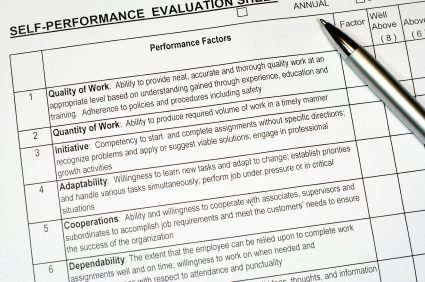Effective communication between project stakeholders is always difficult and as my last article highlighted, misunderstanding and confusion are easily created. The key to effective communication is clarity created through simplicity. Albert Einstein once said “If you can’t explain it simply, you don’t understand it well enough.” This is particularly true when trying to communicate project objectives.
One of the keys to project success is managing stakeholder expectations; and their expectations are based on what they understood we said (which may not be what we meant), failing to communicate our meaning clearly is a major risk. Particularly if misunderstandings by senior stakeholders lead to unrealistic expectations are that unlikely to be fulfilled! Remember, when your project fails to live up to these unrealistic expectations it is you who will be seen to fail.
These problems are compounded by project management jargon; technical industry jargon and language differences. Within the ‘project community’ we have a range of terms that are unique and specific in meaning, Critical activity, time now, EV, etc… people in the general business community frequently use the same words in similar context but apply completely different meanings. We say something; they attribute their different meaning and know they have understood exactly what we’ve said – but their understanding is not what we meant!
These considerations are particularly important when preparing time and cost estimates. Great care needs to be taken to avoid providing information in a form that creates impossible expectations.
We all know it is impossible to predict the future, if we could predict future outcomes precisely casinos and bookmakers would all be bankrupted in a very short timeframe. We also know our carefully prepared estimates about future cost and time outcomes are approximately correct, but the inevitable small estimating errors will lead to a range of probable outcomes.
Unfortunately despite knowing this, far too many project managers seem willing to create schedules that state implicitly that a task will complete at 3:30pm on a Tuesday afternoon in 4 months time or the total cost of their project will be $10,988, 547.55. These pseudo accurate estimates based on detailed calculations are no more valid than estimates made in more general terms but can easily create false expectations.
The figure of $10,988, 547.55 is no more valid than an estimate stated in more realistic terms such as; $11million with a probable range of +10% -5%. Achieving a detailed estimate for a $10+ million project to within a range of -5% to +10% indicates a very careful estimating process in a stable, well understood environment; you have done a good job!
What is different is the precisely wrong number calculated to the nearest cent will raise the expectations of a range of stakeholders as to degree of accuracy that can be achieved in an estimate, leading to ‘perceived failure’ when the stakeholder’s unrealistic expectations are not realised. If your estimate is $10,988, 547.55, it only takes a cost increase of $2000 (an estimating error of 0.02%) for your project to ‘fail’ because the costs have ‘blown out’ to over $11 million.
Effective communication requires the project manager to look at the data generated by their spreadsheets and scheduling tools and then apply common sense to the way the information is formatted before forwarding to stakeholders. Unnecessary detail and pseudo accuracy should be removed and replaced with useful information framed in realistic terms for effective communication. There is a significant difference between simplistic and elegant simplicity; skilled communicators aim for easily understood elegance.
From this base communication theory requires feedback and testing for understanding; wherever possible closing the feedback loop is the key to effective communication. However in many situations this is simply not possible, particularly with senior stakeholders, therefore the structure of the information communicated needs to carry all of your messages’ nuances.
By thinking carefully about how you structure the information contained in your communications, you increase the likelihood of creating reasonable expectations and as a consequence, the chances of your project succeeding are enhanced. Unrealistic expectations are unlikely to be fulfilled, and if the unrealistic expectations are held by your CEO, and your project fails to live up to them, you are the person who gets fired!
So next time your scheduling tool or Excel spreadsheet generates a precisely inaccurate estimate to several decimal places, take a moment to think about the data, the innate range errors built into the estimates and then frame the information you communicate to your managers realistically. You will be doing everyone a favour, particularly yourself.


